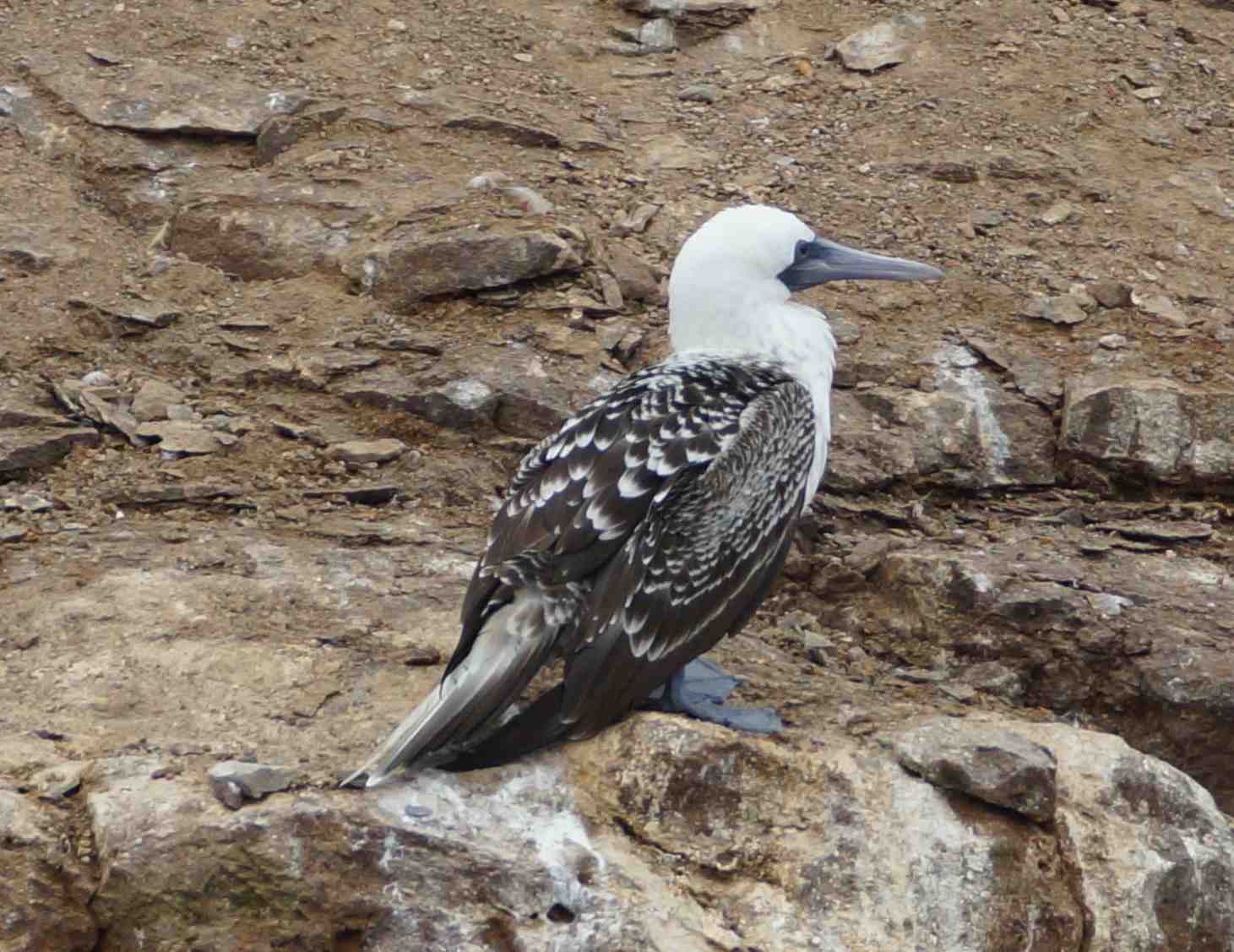
Sula variegata
TAXONOMY
Dysporus variegatus, Tschudi, 1843, islands off Peru. Monotypic.
OTHER COMMON NAMES
English: Variegated booby; French: Fou variй; German: Guanotцlpel;
Spanish: Piquero Peruano.
PHYSICAL CHARACTERISTICS
28–29.9 in (71–76 cm). Smaller version of blue-footed booby,
which it most closely resembles. Lacks blue feet and averages
paler, with white on head and neck. Upperwing and back are
mottled white.
DISTRIBUTION
Exclusive to Humboldt current area of Pacific, breeding from
northern Peru to central Chile. Occurs in Ecuador.
HABITAT
Strictly marine. Found quite close inshore, where it feeds in
cool, rich waters of upwelling zones. Breeds on rocky islets and
on cliff ledges.
BEHAVIOR
BEHAVIOR
ally, the Peruvian booby most closely resembles the
blue-footed although its displays are somewhat more moderate.
It breeds in densely packed colonies, yet site-tenancy is less intense
than in other species.
FEEDING ECOLOGY AND DIET
Almost an exclusive feeder on anchoveta (Engraulis ringens)
when this was abundant. After stocks were depleted in 1970s
and 1980s, resorted to sardine (Sardinops), mackerel (Scomber),
and other fish. Feeds by plunge-diving in groups of 30–40, often
more, individuals.
REPRODUCTIVE BIOLOGY
Only moderately seasonal, September through February in
Peru, much later in Chile. Breeds in immense colonies where
nests consist of loose pile of seaweed and debris, stuck together
with excreta. Lays three eggs on average (one to four), which
are incubated for 42 days. Chicks fledge at 78–105 days and
are cared for a further 62 days on average. First breeding occurs
at two to three years of age.
CONSERVATION STATUS
Not threatened. Has undergone significant reductions in the
past (through direct exploitation, disturbance at breeding
colonies, and depletion of fish stocks) but is somewhat stable at
present. However, always subject to risk by regular El Niсo
phenomena, which can cause severe mortality of both adults
and young.
SIGNIFICANCE TO HUMANS
One of the main guano birds, together with Guanay cormorant
(Phalacrocorax bouganvillii) and Peruvian pelican (Pelecanus thagus).
Subject to intense disturbance at breeding colonies and to
direct exploitation of eggs and chicks up to middle twentieth
century; practice is perhaps still maintained at a smaller scale
although nesting sites are legally protected.
Other popular Animals
Photo Gallery of - Peruvian booby
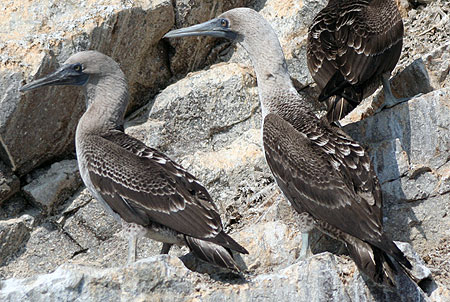
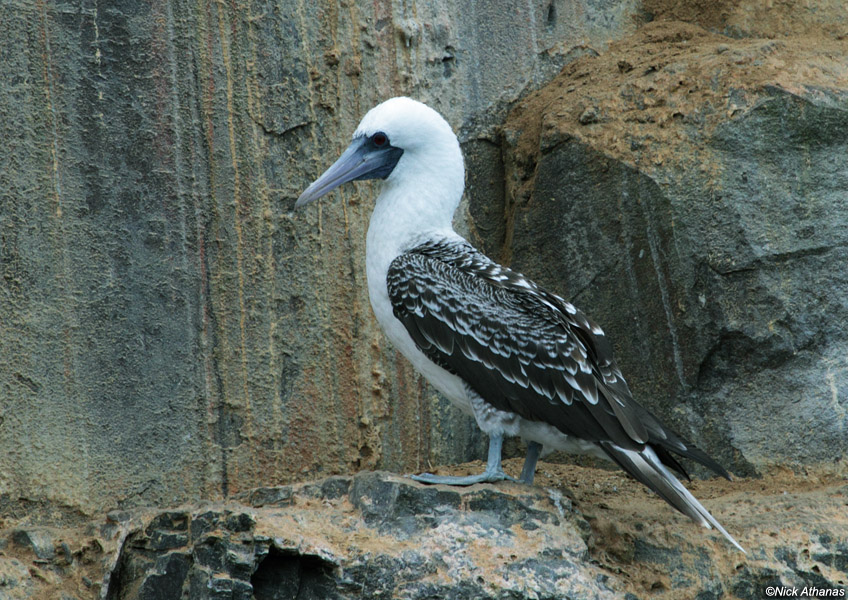
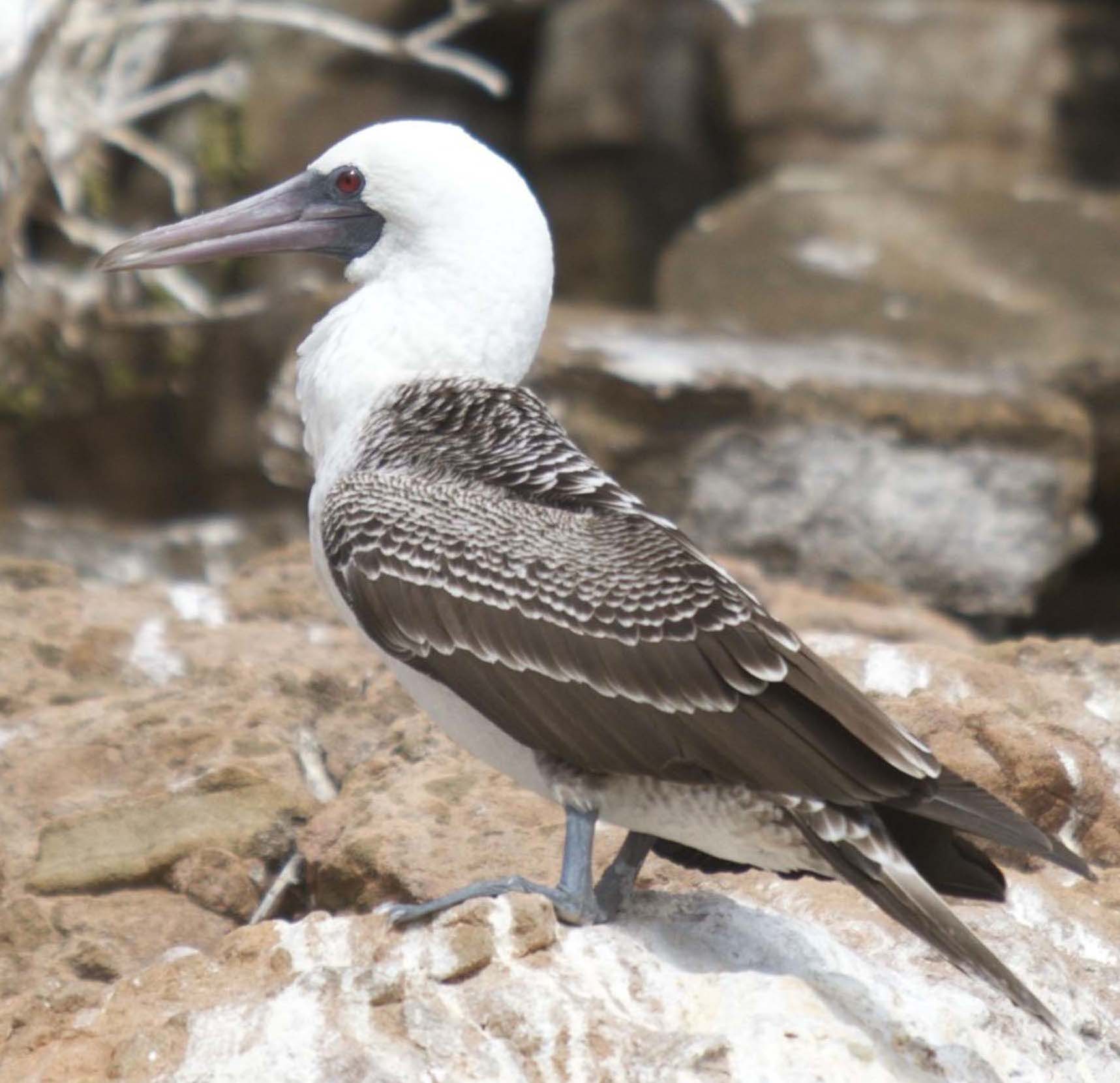
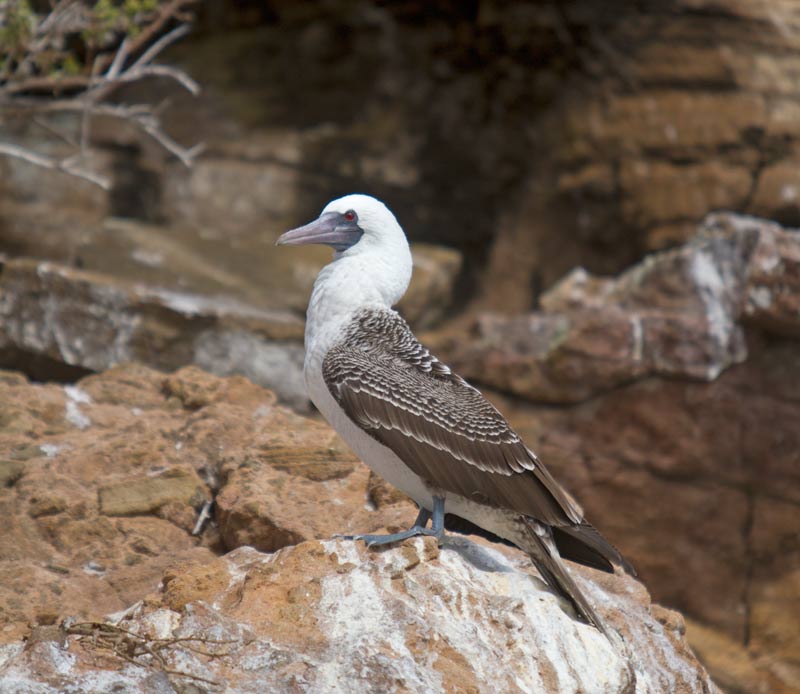
 Animalia Life
Animalia Life